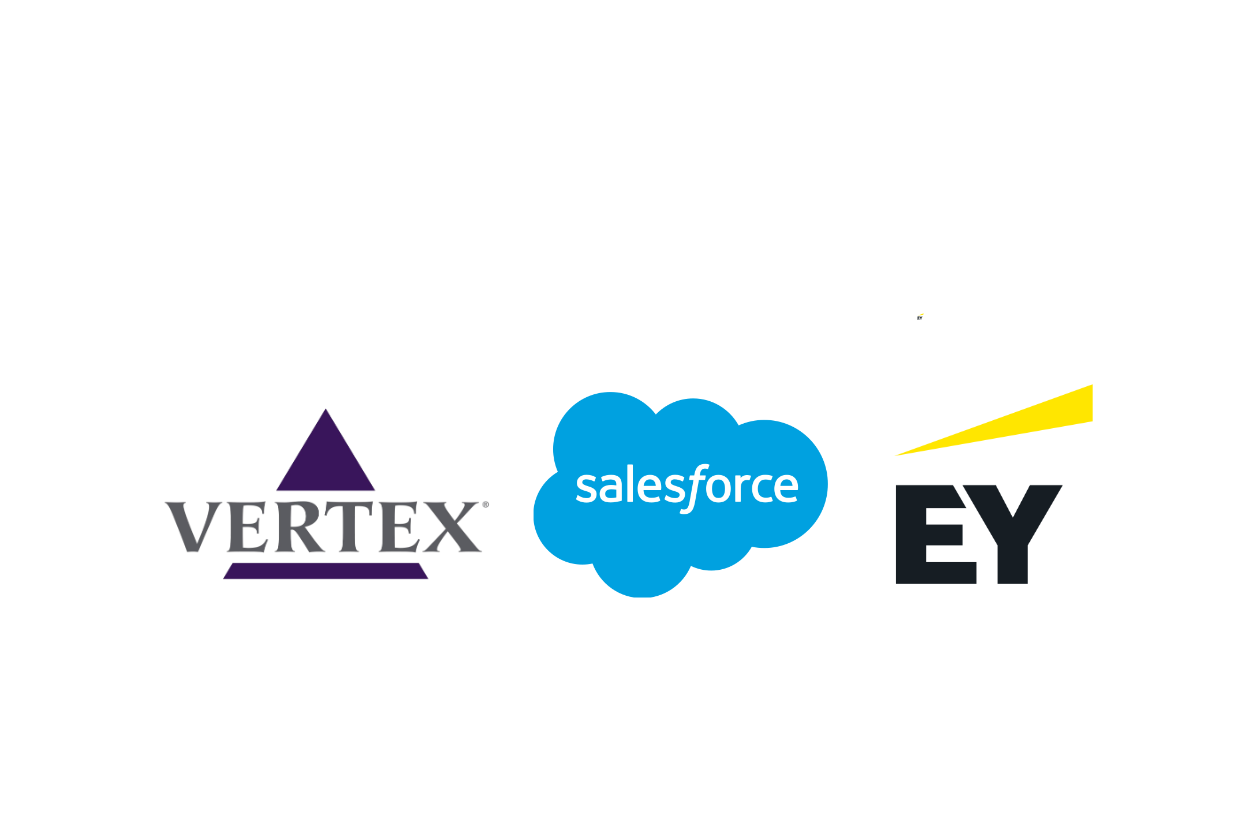2024 LGBTQ+ Employees Progress Report
In celebration of Pride Month, we share insights from recent data we have been tracking on LGBTQ+ employee sentiment. Read below for the latest findings on feelings of safety, the workplace experience, evolving expectations, and employer support.

How safe do LGBTQ+ employees feel?
- Consistent with previous findings, data from a global survey by Deloitte reveal that less than half of LGBTQ+ employees feel comfortable being fully out at work about their sexual orientation (43%) or gender identity (47%). Notably, an even smaller number of employees feel comfortable being out to their direct supervisors (37% for both).
- As proposed anti-LGBTQ bills continue to reach record high numbers nationwide, a recent report from Out and Equal found that nearly half of all workers surveyed (45%) report feeling less safe in their state of residence as a result, and 4 in 5 said a state’s anti-LGBTQ+ laws would affect whether they would relocate there for a new job.

What’s the impact on the workplace experience?
- Having a diverse workforce, the opportunity to participate in DEI-related initiatives, and a company’s internal commitment to LGBTQ+ inclusion are top deciding factors when considering an employer for LGBTQ+ workers (Deloitte).
- According to data from EY’s US LGBTQ+ Belonging Barometer, among LGBTQ+ workers who rated highly on feelings of psychological safety at work, 89% also felt like they could potentially advance to more senior level roles in their organization; conversely only 48% of those who experience low psychological safety felt this way.
- Additionally, a recent Indeed survey found that 30% of LGBTQ+ employees - including 50% of transgender employees - have refrained from applying to positions due to a perceived or actual lack of support for the LGBTQ+ communities.

How are employee expectations shifting?
- With 1 in 5 Gen Z adults now identifying as LGBTQ+, they are driving expectations for more inclusive work environments. According to EY, Gen Z workers are more critical of their employer’s inclusion efforts and are more likely to leave when they feel their workplace is not welcoming to LGBTQ+ employees.
- When asked if they felt their company responded adequately to the uptick in anti-LGBTQ+ legislation, an overwhelming majority of all workers surveyed by Out and Equal (72%) disagreed with this statement and a mere 22% somewhat agreed.
- Data from GLAAD’s latest Accelerating Acceptance survey reinforces the importance of corporate advocacy, with 70% of non-LGBTQ+ respondents believing that organizations should publicly display their support of the LGBTQ+ communities.

How are employers responding?
- The HRC’s Corporate Equality Index (CEI) - which annually rates participating employers on their LGBTQ+ supportive policies and practices - reported notable advances related to support for transgender employees.
- Formal gender transition guidelines increased by 60% compared to last year, with 70% of all CEI-rated employers now offering these.
- 94% of all CEI-rated employers currently offer transgender-inclusive healthcare benefits (including 73 percent of Fortune 500 companies).
- According to a Mercer report, about 40% of large US employers surveyed are now providing inclusive family building benefits, compared to 32% in 2023. This might include coverage of fertility benefits (not requiring a clinical diagnosis of infertility in order to qualify), surrogacy expenses, and adoption assistance.
For a more in-depth discussion on the experience of LGBTQ+ employees and the organizational strategies to support them, please read our executive briefing A Model for Supporting LGBTQ+ Employees: Providing Safety, Equity, and Community.





